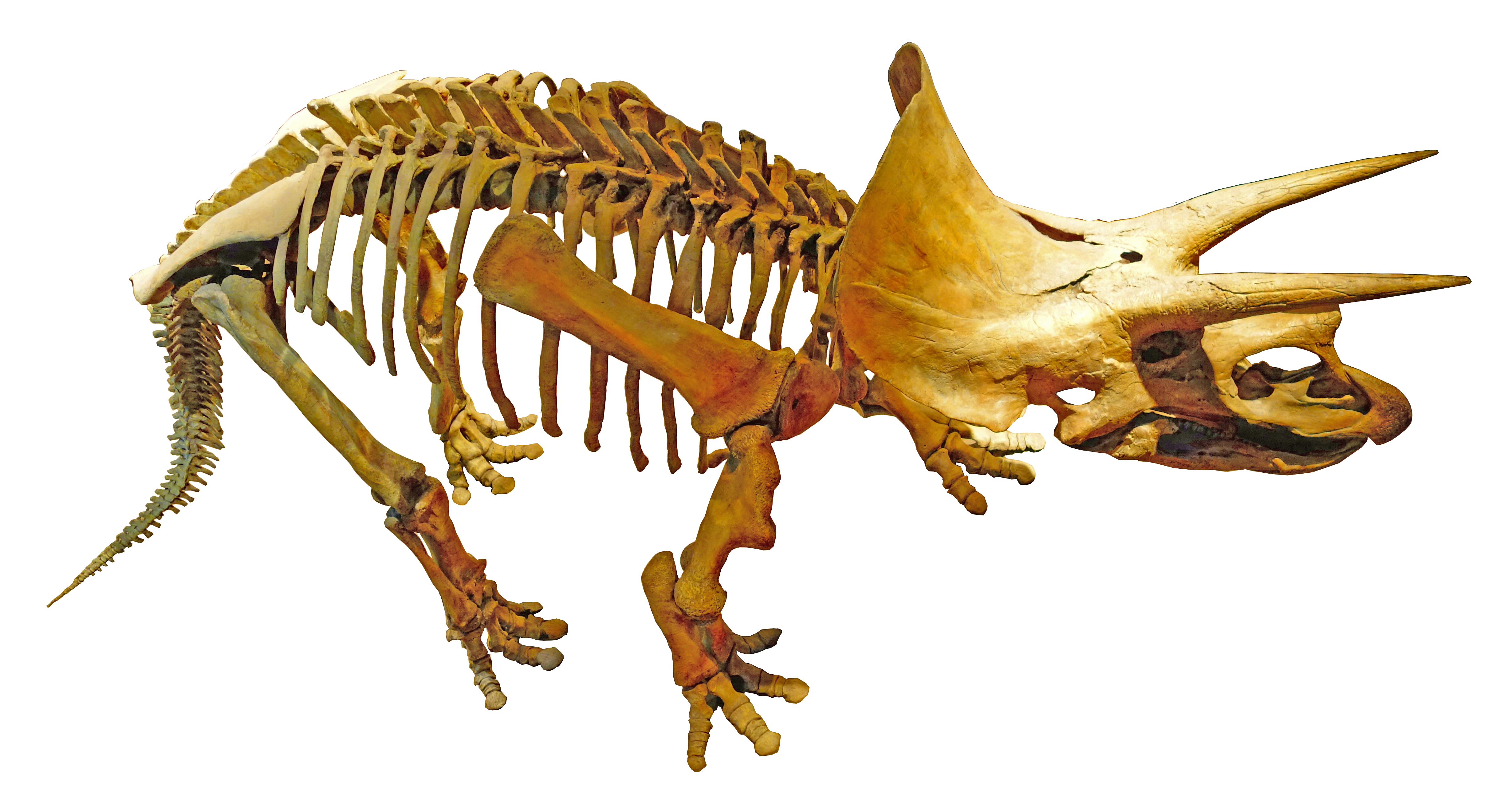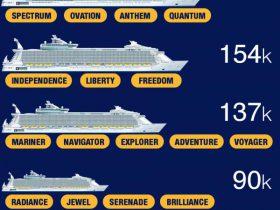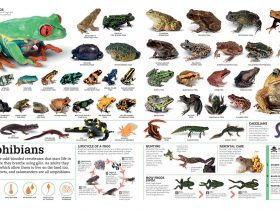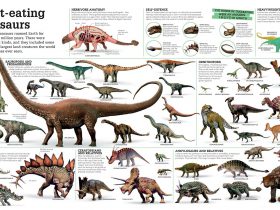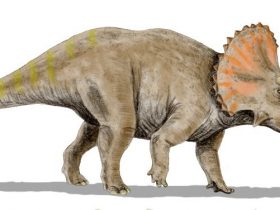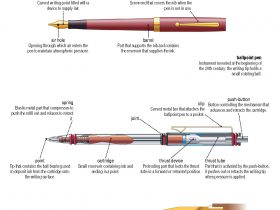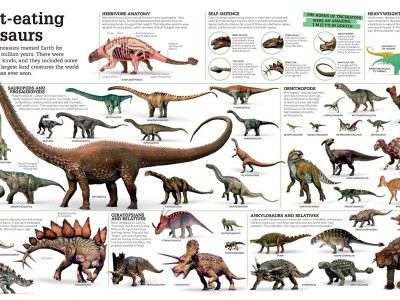Triceratops – تریسراتوپس (سهشاخچهره)
تریسراتوپس (ترایسراتوپس) (به انگلیسی: Triceratops) یا سهشاخچهره، دایناسوری شاخدار و گیاهخوار از دورهٔ کرتاسه[۹] بود.
سهشاخچهرهها در آمریکای شمالی امروزه زندگی میکردند و گیاهان لیفی مانند سرخسهای نخلی را میخوردند.
نام تریسراتوپس از کلمه یونانی -tri/τρι به معنی سه و کلمه یونانی ceras/κέρας به معنای شاخ و کلمه یونانی -ops/ωψ به معنای صورت گرفته شده و به معنای سه شاخ صورت است.
تریسراتوپس یک دسته منقرض شده از دایناسورهای شاخدار علفخوار بودند که در طی مرحله آشکوب دوره کرتاسه پسین[۹] از دورهٔ کرتاس پسین زندگی میکردهاند. (حدود ۶۸ تا ۶۵ میلیون سال قبل (mya) در آمریکای شمالی).
سهشاخچهره یکی از آخرین دایناسورها بوده که قبل از رویداد عظیم انقراض دوران سوم کرتاسه[۱۰] تکامل یافتند. وجود یک یقیه بزرگ استخوانی و سه شاخ روی بدن چهارپای بزرگش، و شباهتهایش با کرگدنهای امروزی، باعث شده تریسراتوپس یکی از شناختهترین دایناسورها باشد. احتمالاً تریسراتوپس از دو شاخ بلندش بعنوان سلاح در برابر تیرانوسور[۱۱] و عشقبازی (مانند گوزن) و چیره شدن بر رقبا استفاده میکردهاست. این دایناسور روی چهارپای محکم و ستون مانندش راه میرفتهاست. بخصوص دو پای جلوییاش قویتر بودند چون باید وزن سر بسیار سنگیناش را تحمل میکردند. تریسراتوپسها بزرگترین دایناسورهای سه شاخ بودهاند که احتمالاً در دستههای بزرگ، مانند فیلهای امروزی، زندگی میکردند.
تریسراتوپس (سه شاخ چهره) نوعی از دایناسورهای گیاهخوار است که اولین بار در طول دوران کرتاسه، حدود ۶۸ میلیون سال پیش، در جایی که اکنون آمریکای شمالی نامیده میشود پدیدار گشتهاند. تریسراتوپس، با داشتن یک یال استخوانی بزرگ، سه شاخ، و ظاهری شبیه به کرگدنهای امروزی، یکی از شناختهشدهترین انواع دایناسورها است. تخمین زده میشود طول آنها (از سر تا دم) به ۹ متر، ارتفاعشان به ۳ متر، و وزنشان تا ۱۲ تن میرسیده است.


Triceratops is a genus of herbivorous ceratopsid dinosaur that first appeared during the late Maastrichtian stage of the late Cretaceous period, about 68 million years ago (mya) in what is now North America. It is one of the last known non-avian dinosaur genera, and became extinct in the Cretaceous–Paleogene extinction event 66 million years ago.[1] The name Triceratops, which literally means “three-horned face”, is derived from the Ancient Greek words τρί- (tri-) meaning “three”, κέρας (kéras) meaning “horn”, and ὤψ (ōps) meaning “face”.[2][3]
It has been documented by numerous remains collected since the genus was first described in 1889, including at least one complete individual skeleton.[4] Paleontologist John Scannella observed: “It is hard to walk out into the Hell Creek Formation and not stumble upon a Triceratops weathering out of a hillside.” Forty-seven complete or partial skulls were discovered in just that area from 2000 to 2010.[5] Specimens representing life stages from hatchling to adult have been found.[6] As the archetypal ceratopsid, Triceratops is one of the most popular dinosaurs, and has been featured in film, postal stamps, and many other types of media.
Bearing a large bony frill and three horns on its large four-legged body, and possessing similarities with the modern rhinoceros, Triceratops is one of the most recognizable of all dinosaurs and the best known ceratopsid. It shared the landscape with and was probably preyed upon by Tyrannosaurus,[7] though it is less certain that the two did battle in the manner often depicted in traditional museum displays and popular images. The functions of the frills and three distinctive facial horns on its head have long inspired debate. Traditionally, these have been viewed as defensive weapons against predators. More recent theories, noting the presence of blood vessels in the skull bones of ceratopsids, find it more probable that these features were primarily used in identification, courtship and dominance displays, much like the antlers and horns of modern reindeer, mountain goats, or rhinoceros beetles.[8] The theory would find additional support if Torosaurus were found to be the mature form of Triceratops, as this would mean the frill also developed holes (fenestrae) as individuals reached maturity, rendering the structure more useful for display than defense.[9]
The exact placement of the genus Triceratops within the ceratopsid group has been debated by paleontologists. Two species, T. horridus and T. prorsus, are considered valid, although many other species have been named. Research published in 2010 suggested that the contemporaneous Torosaurus, a ceratopsid long regarded as a separate genus, represents Triceratops in its mature form.[9][10] The view was immediately disputed[11][12][13] and examination of more fossil evidence is expected to settle the debate.

